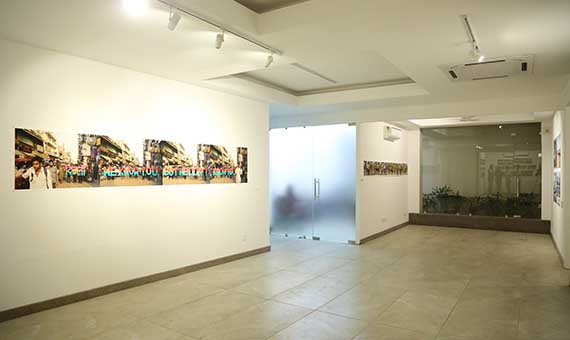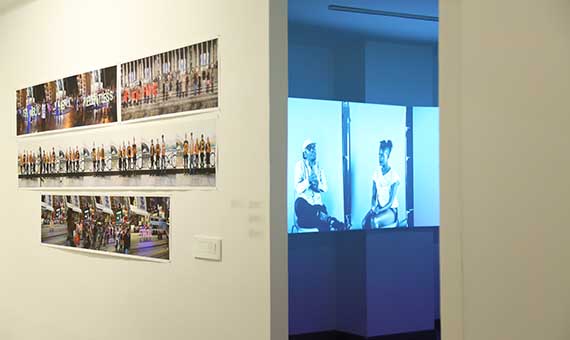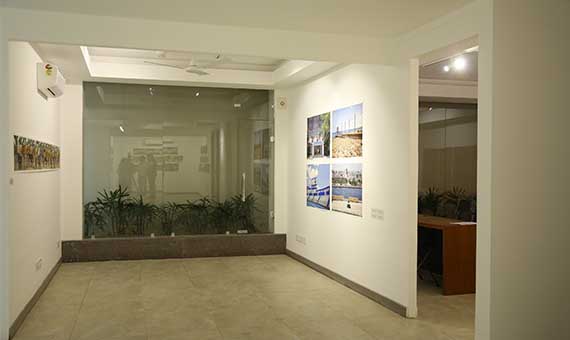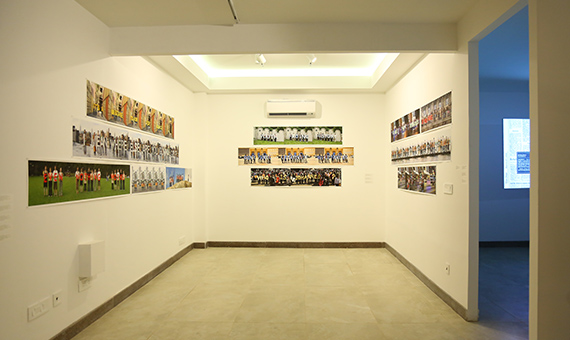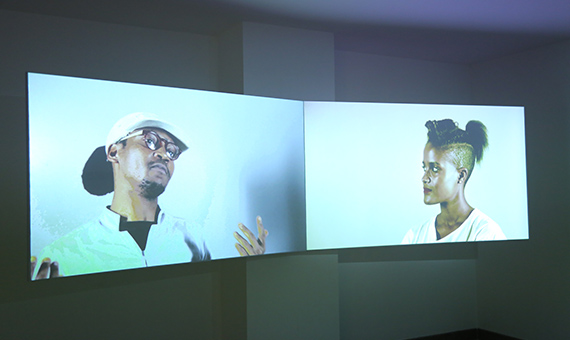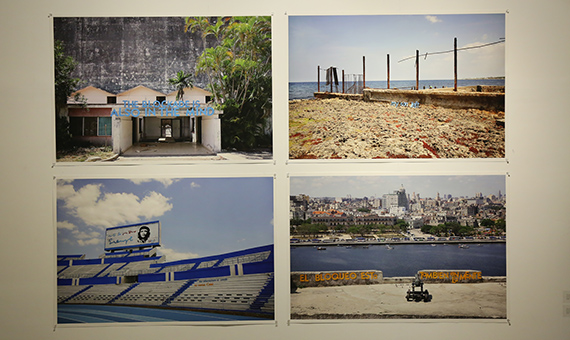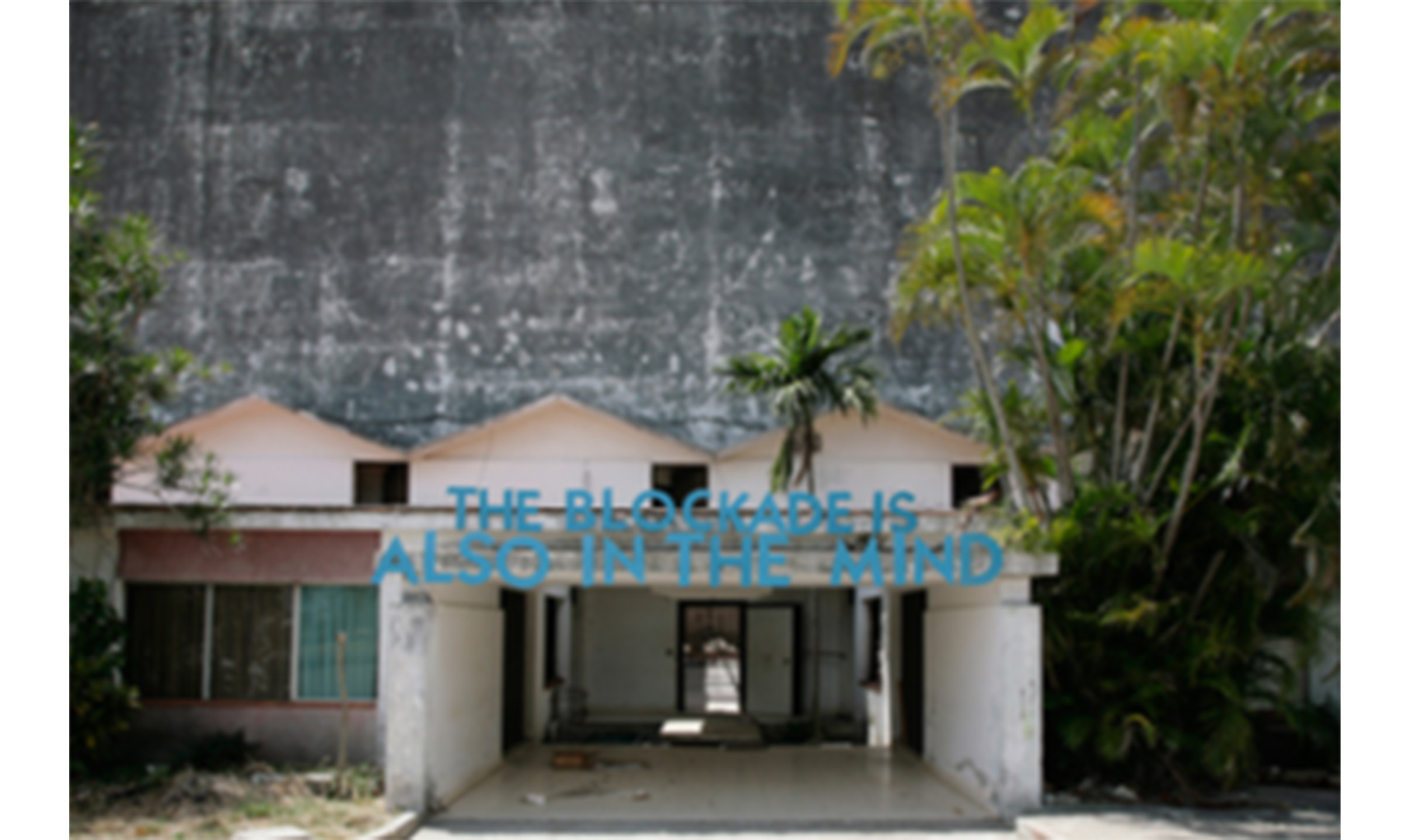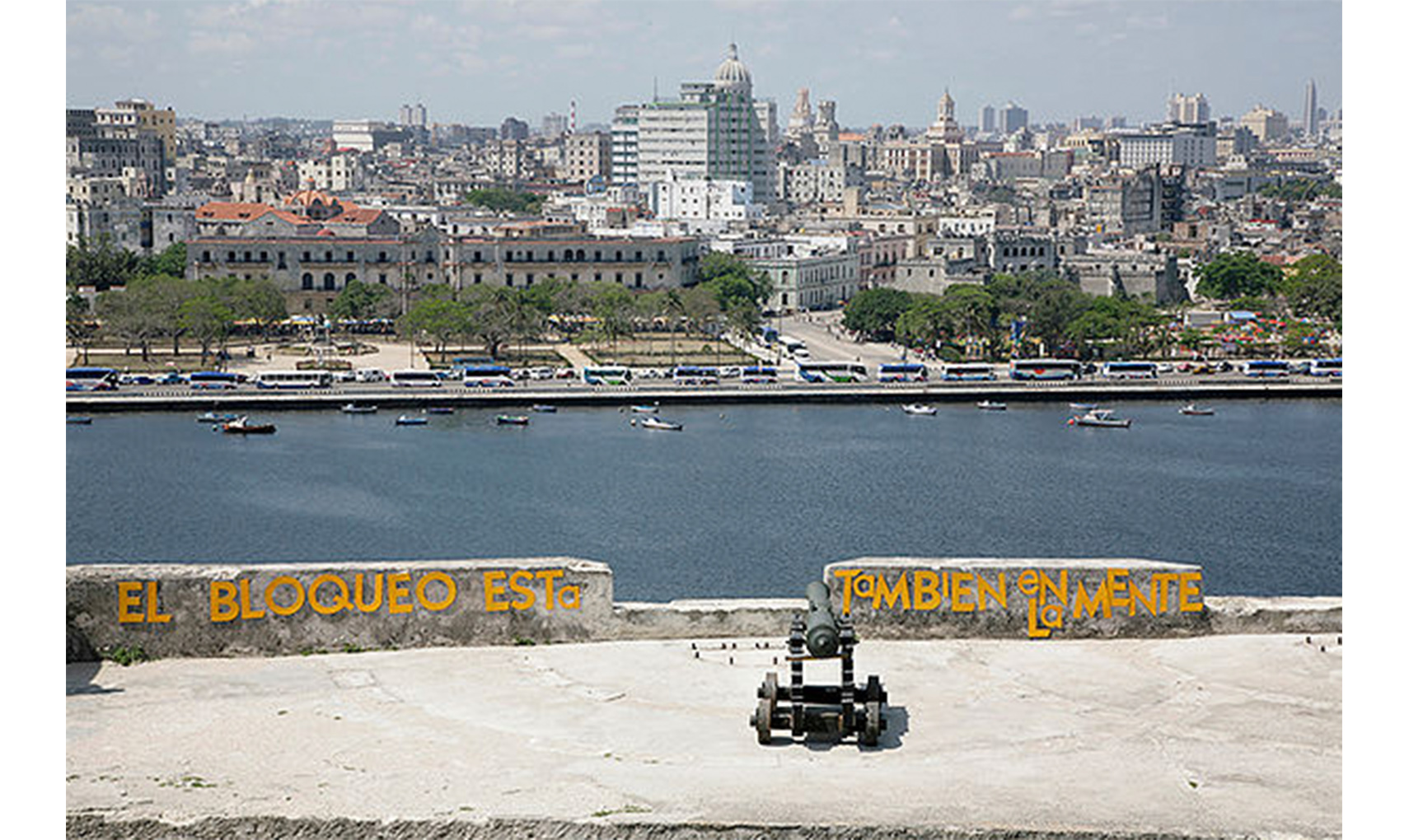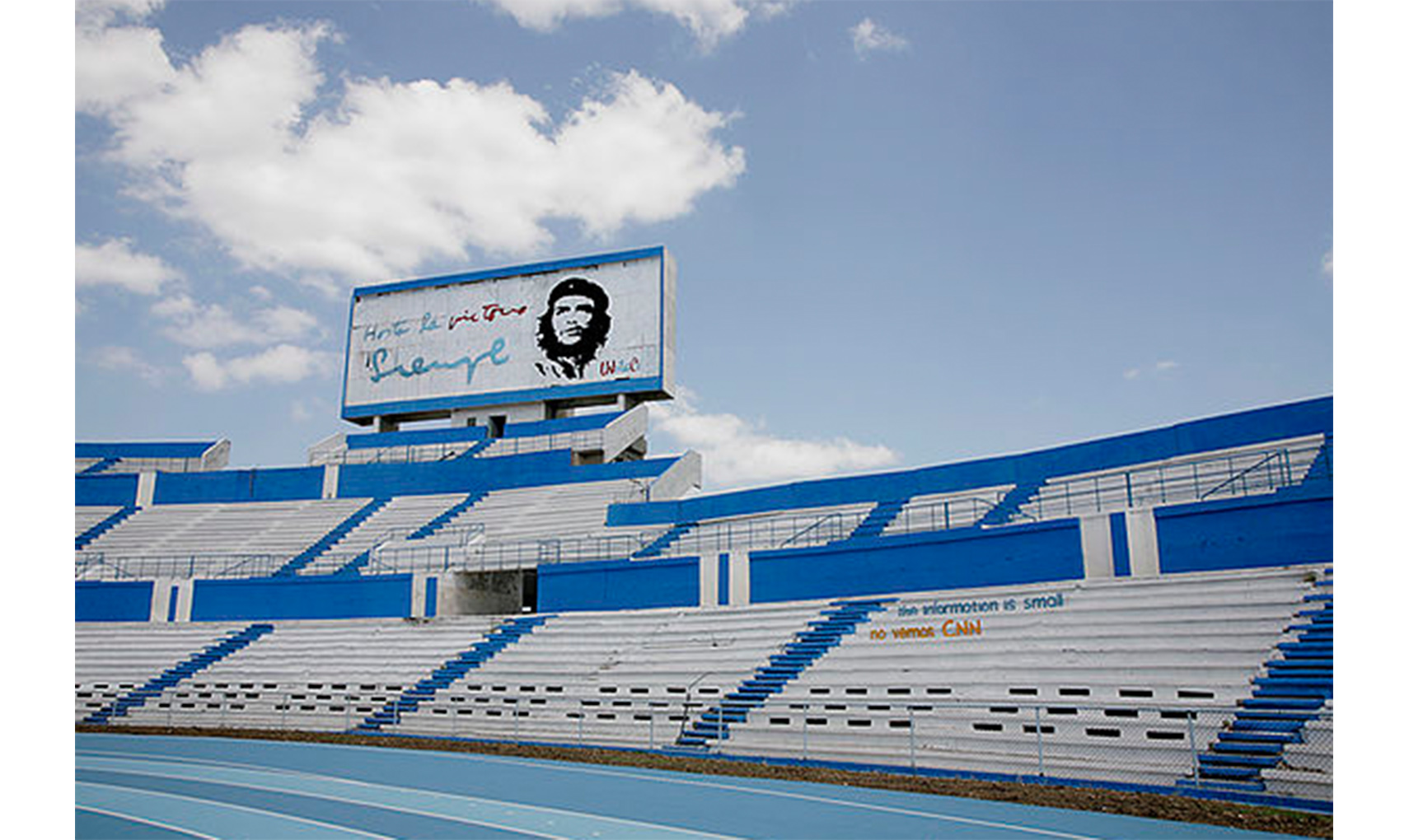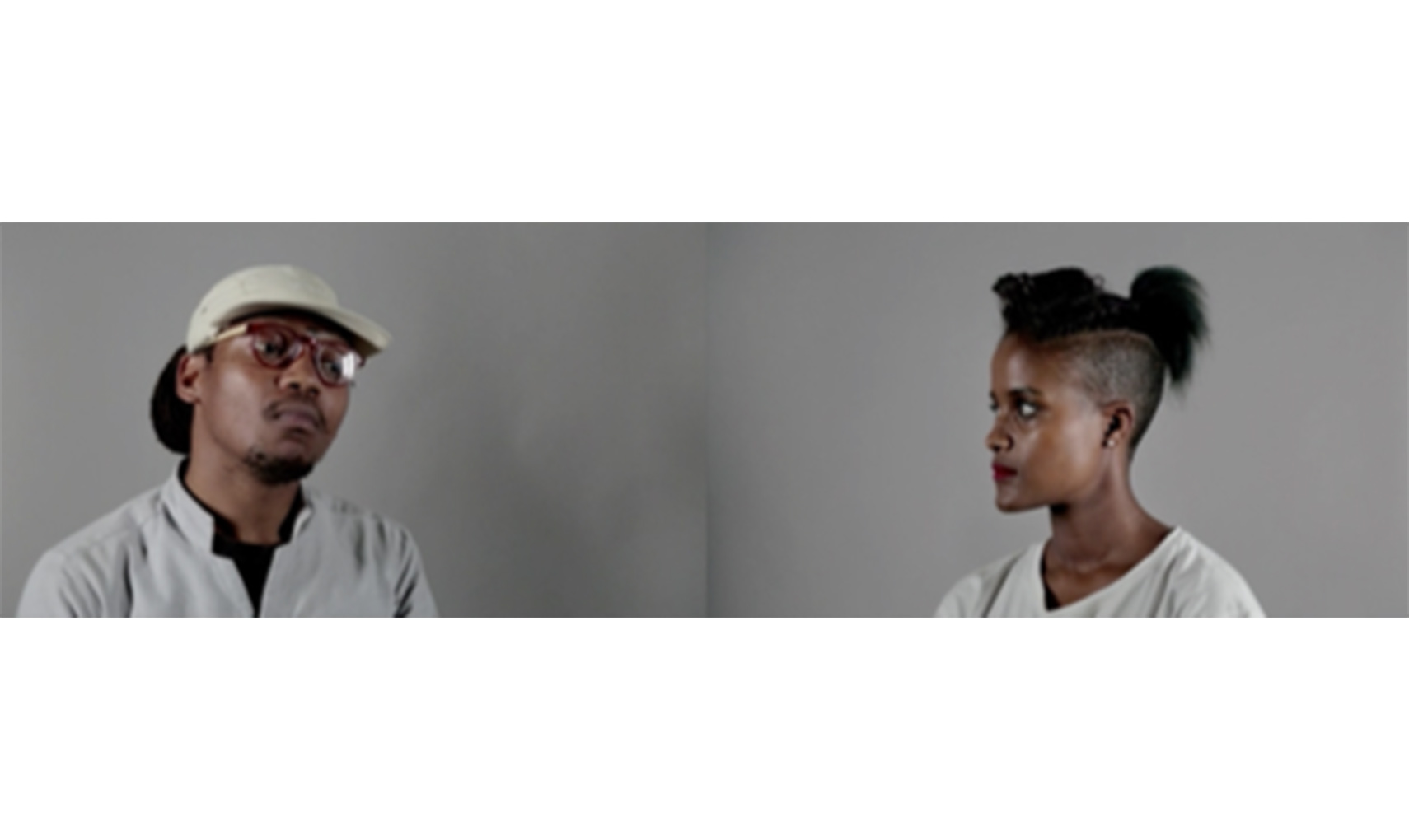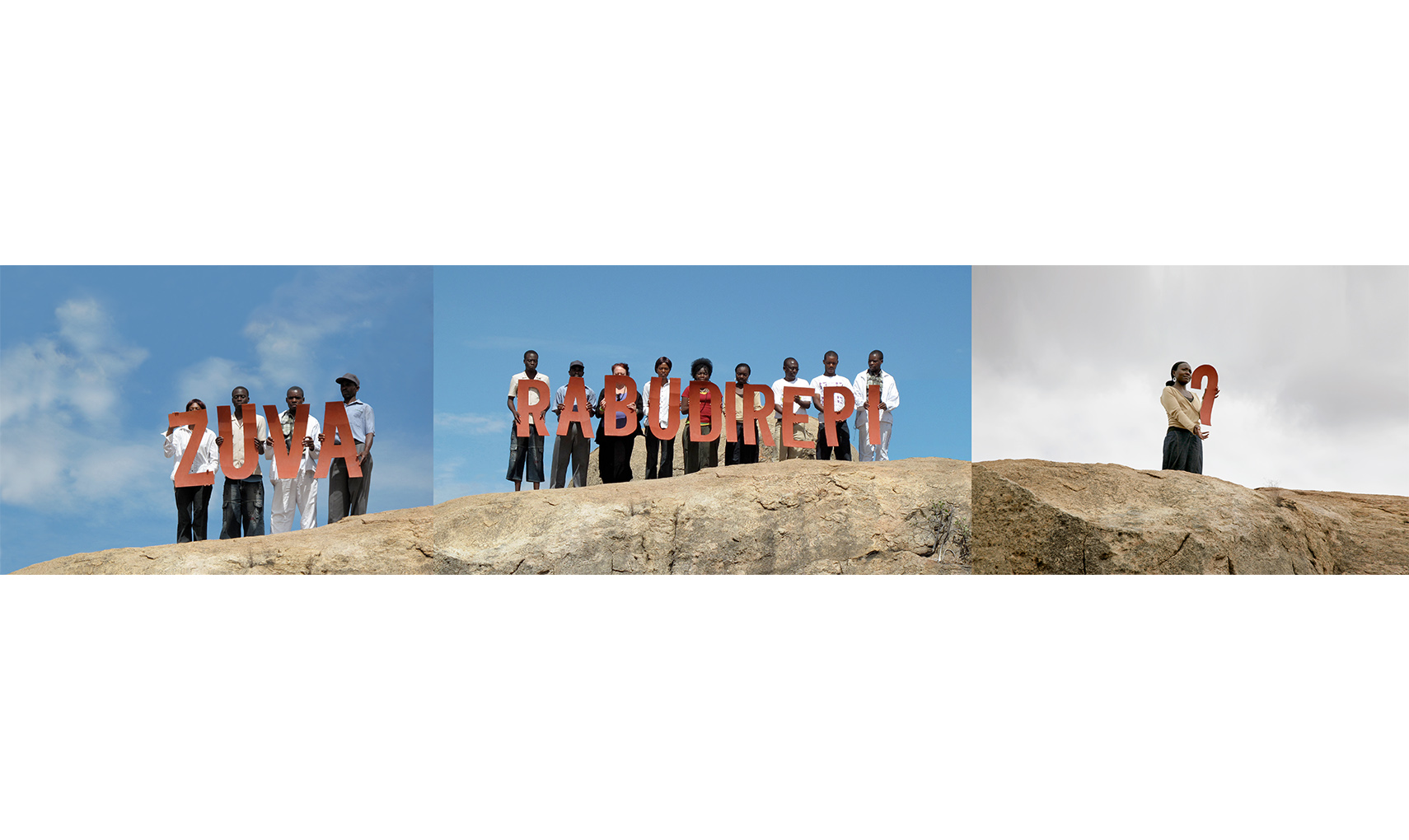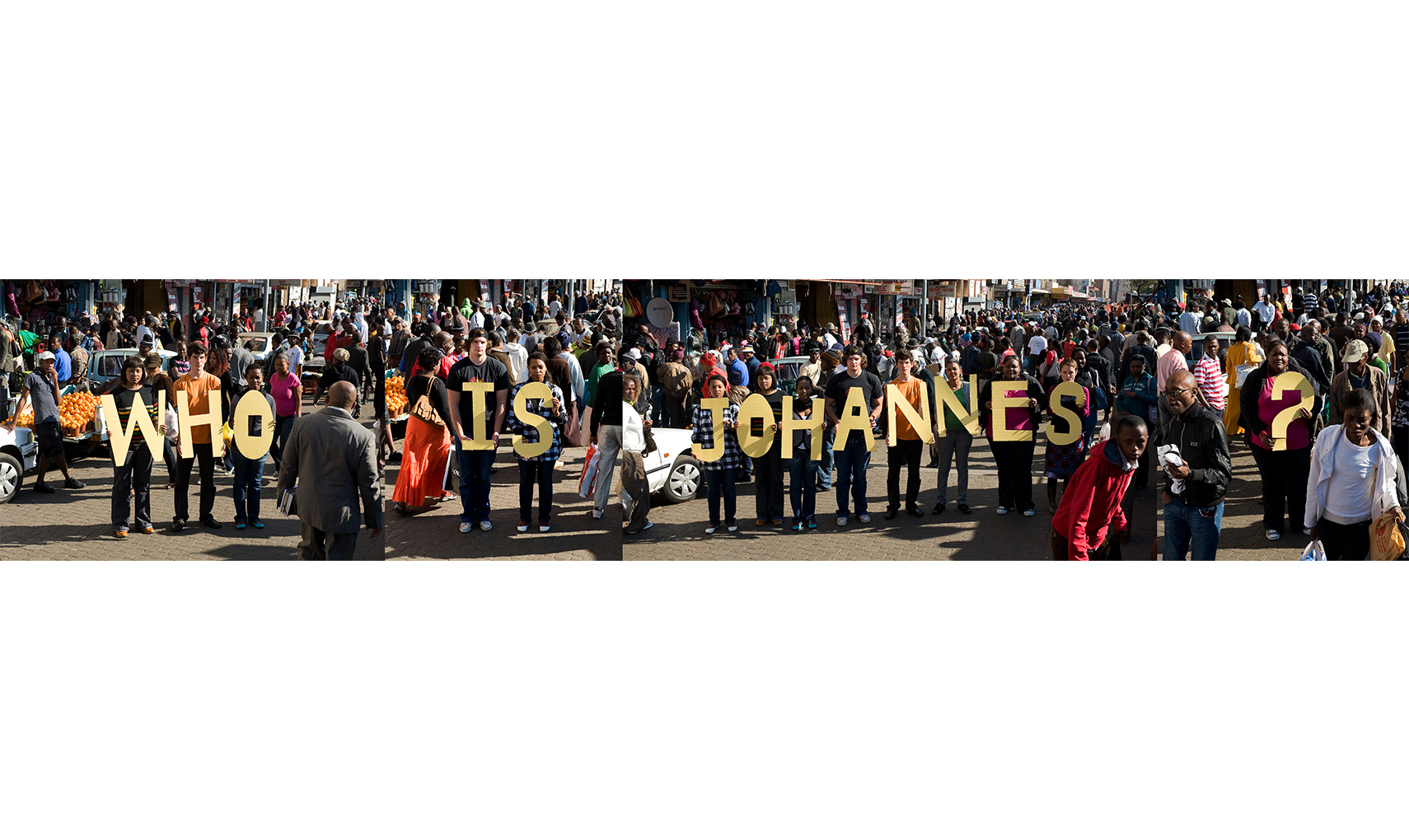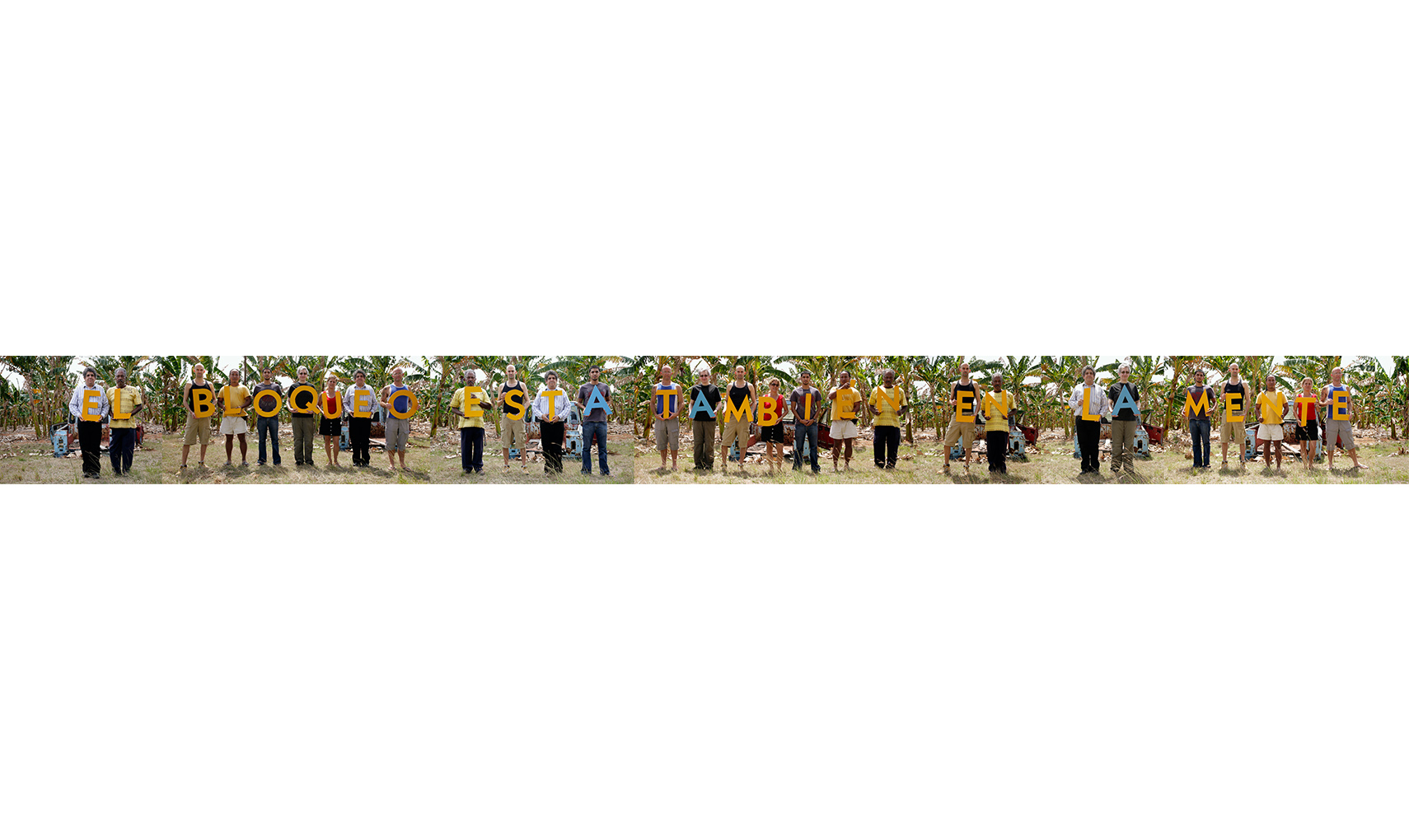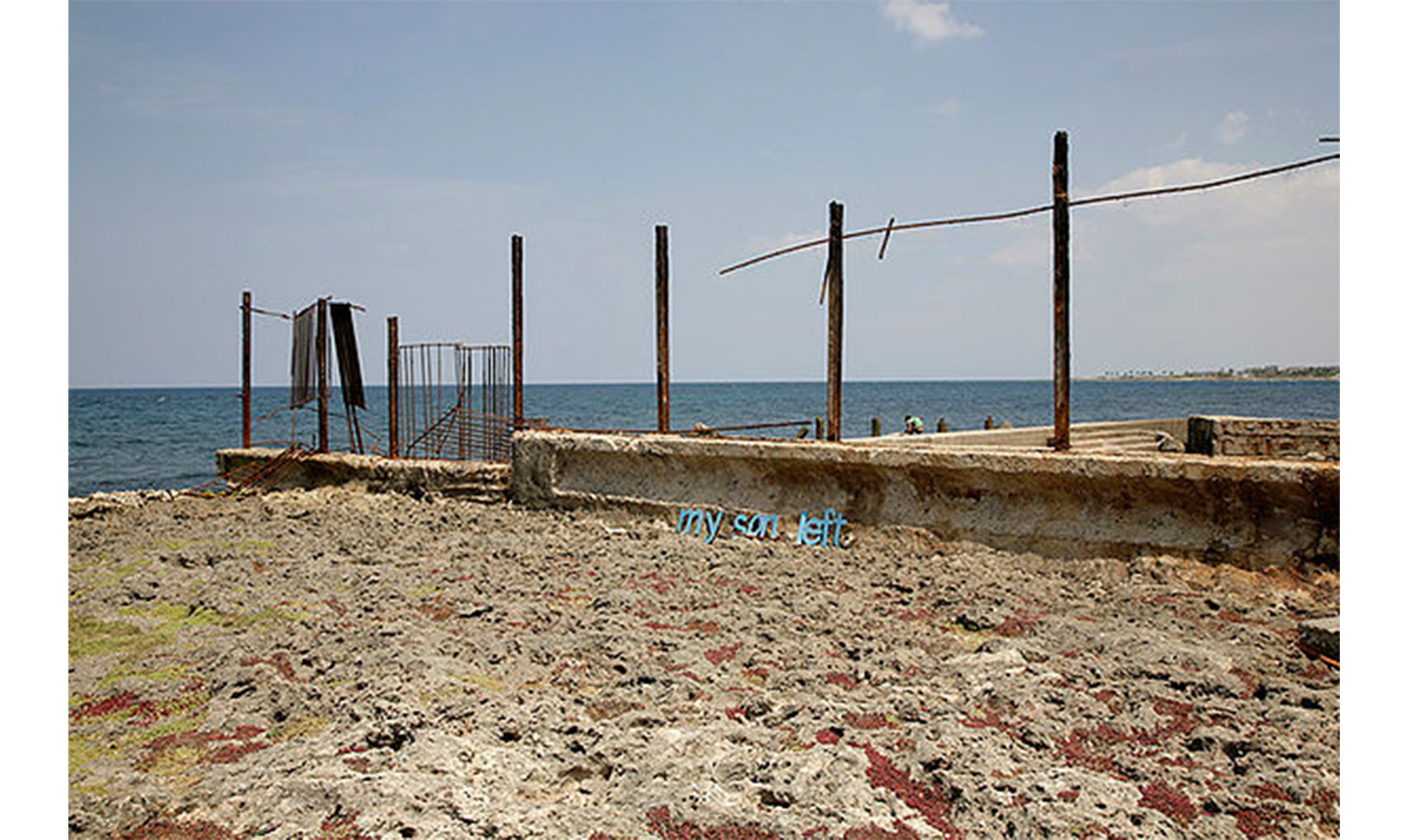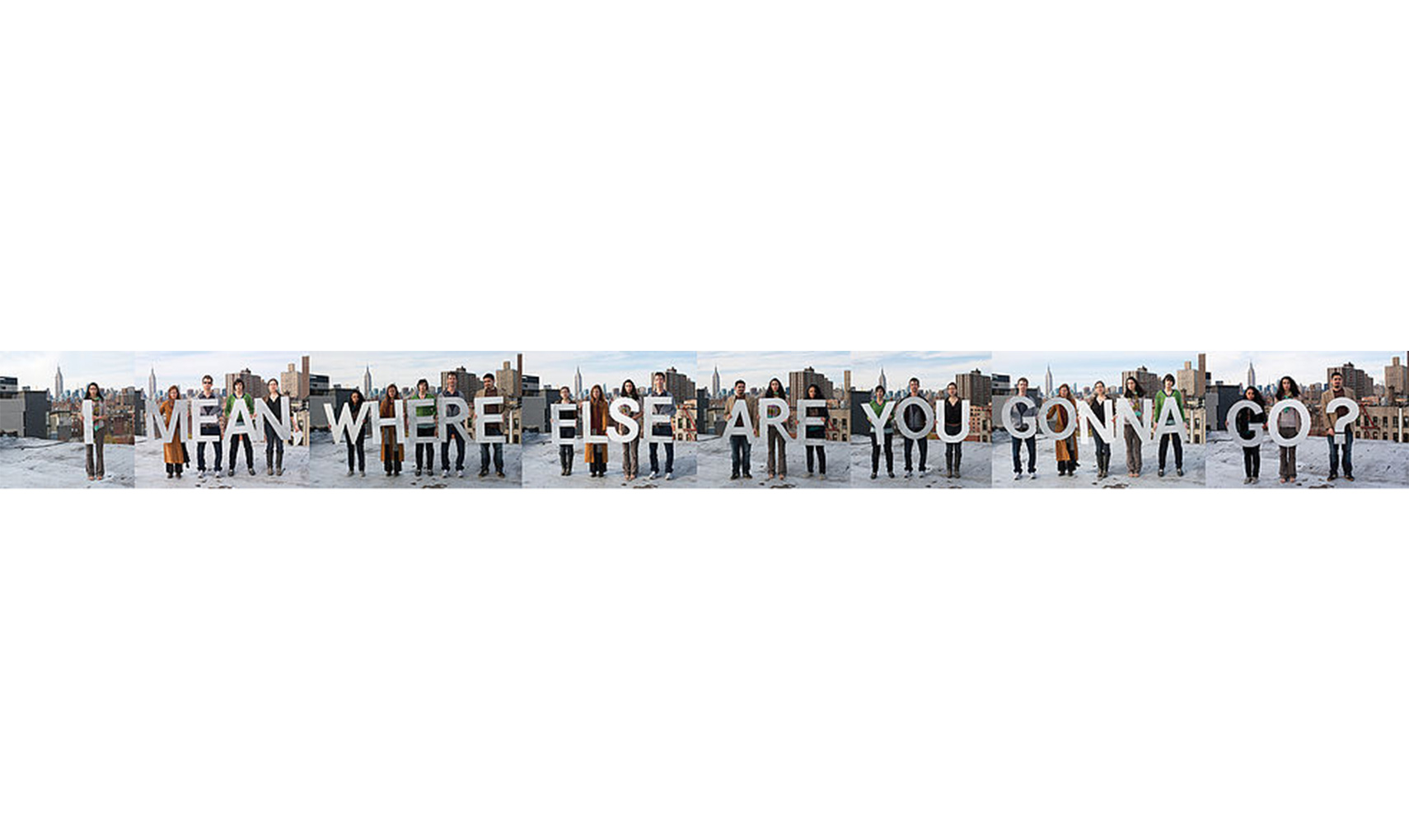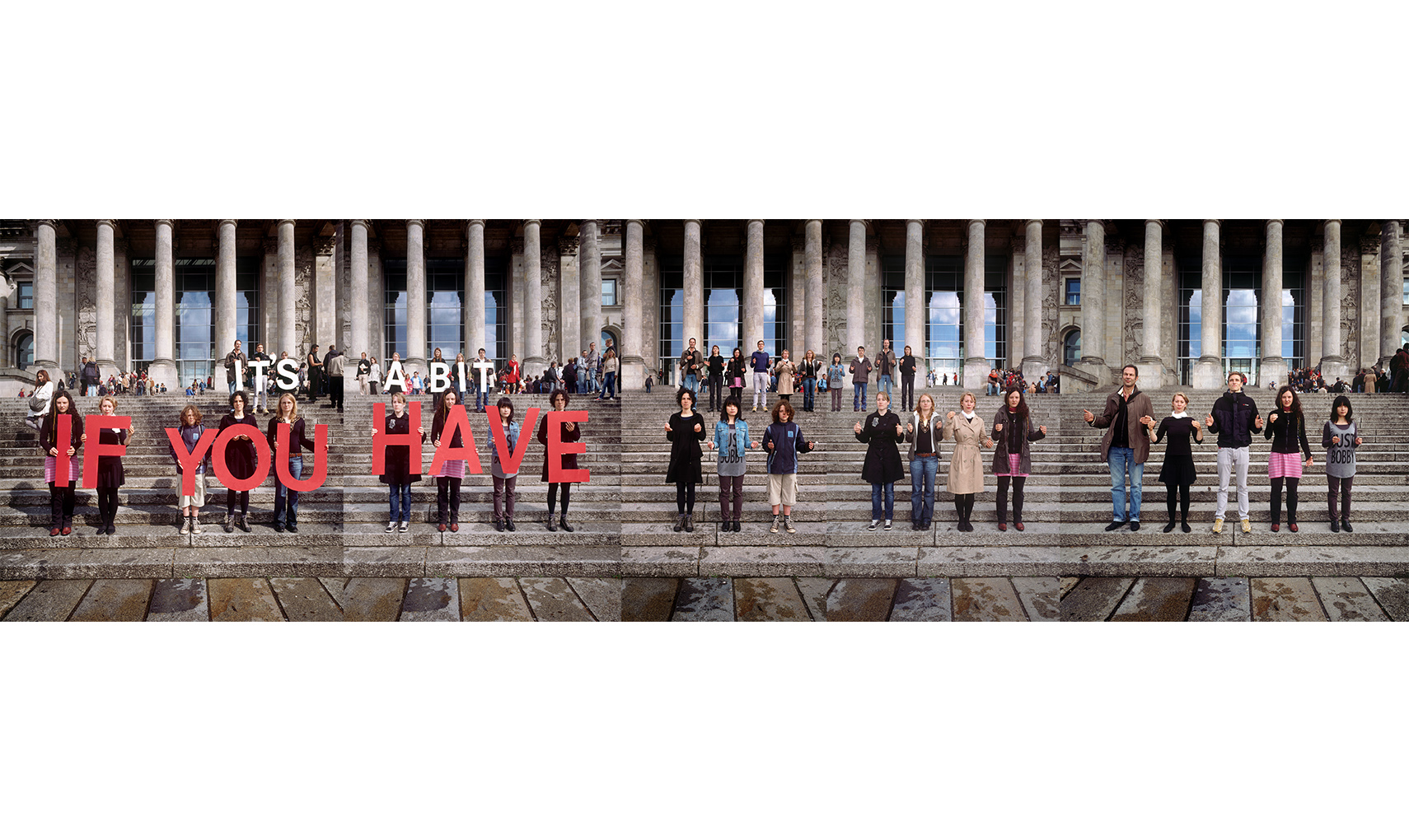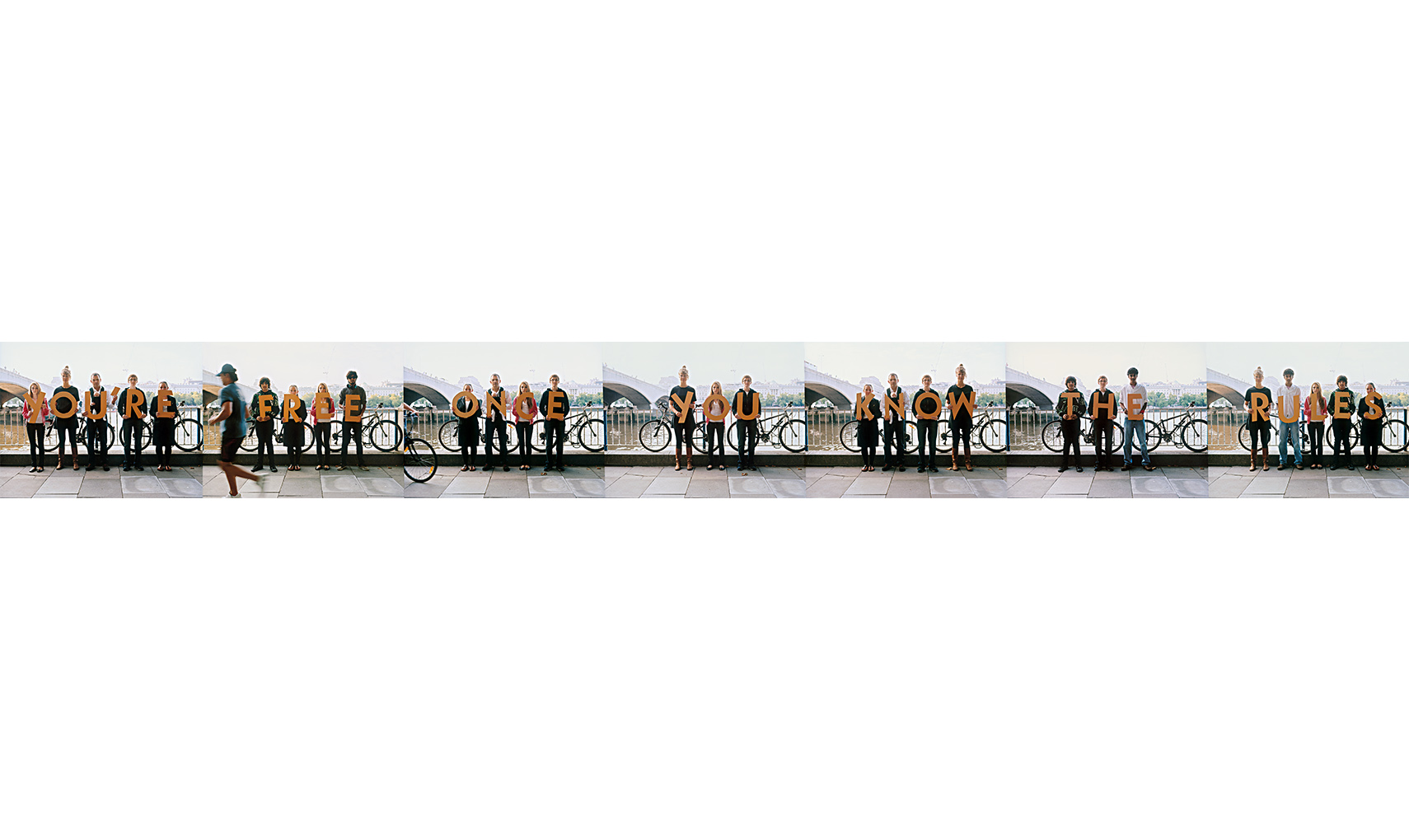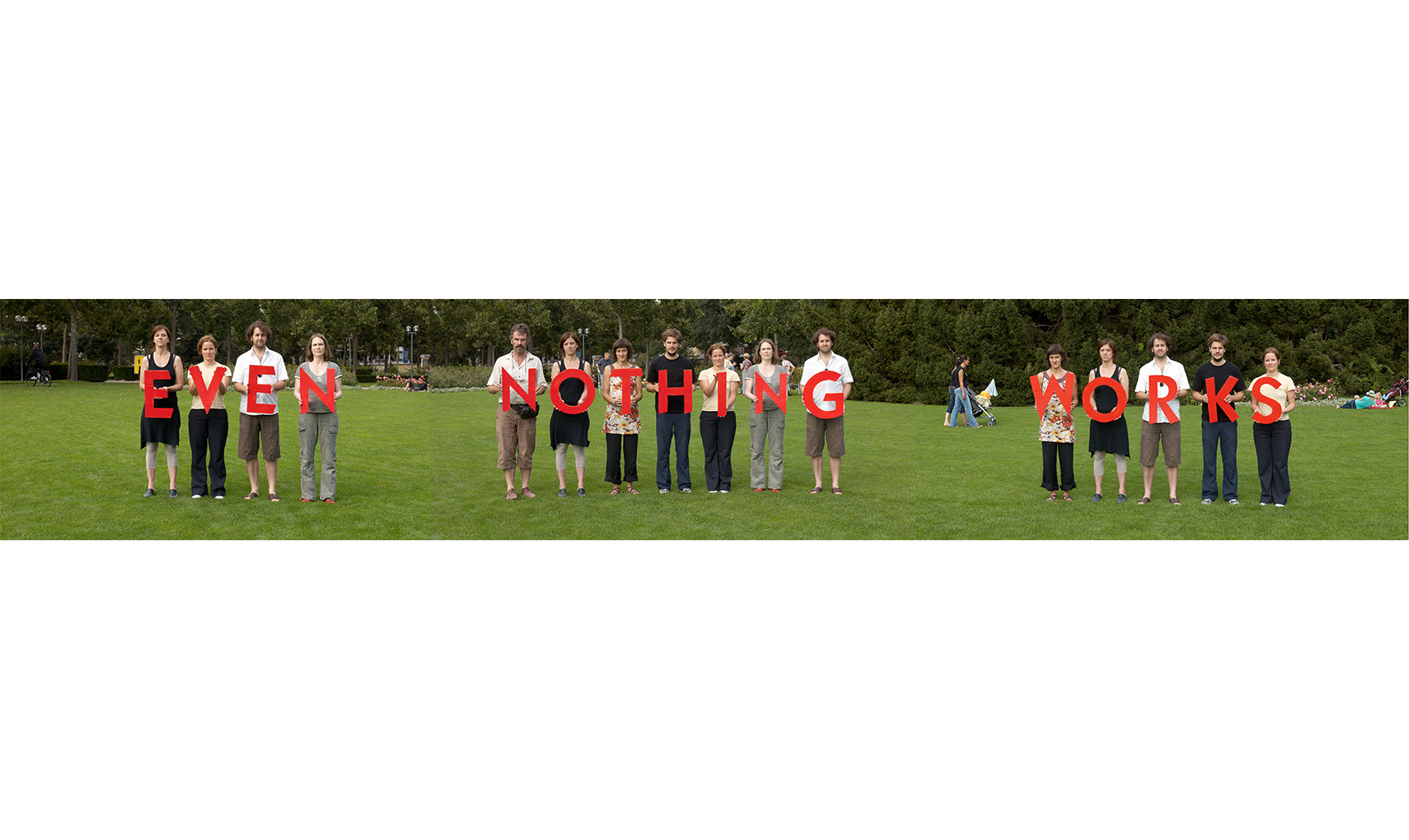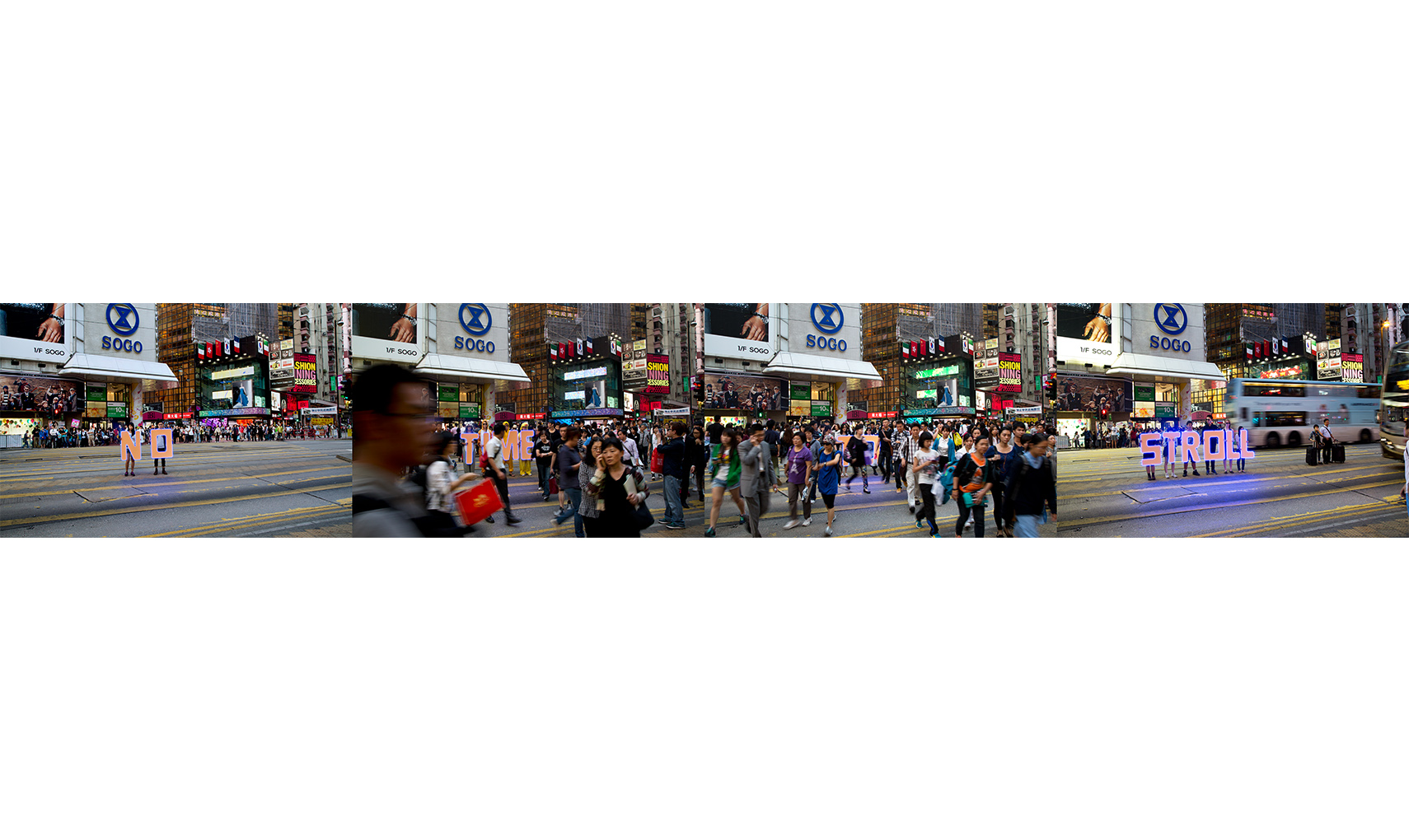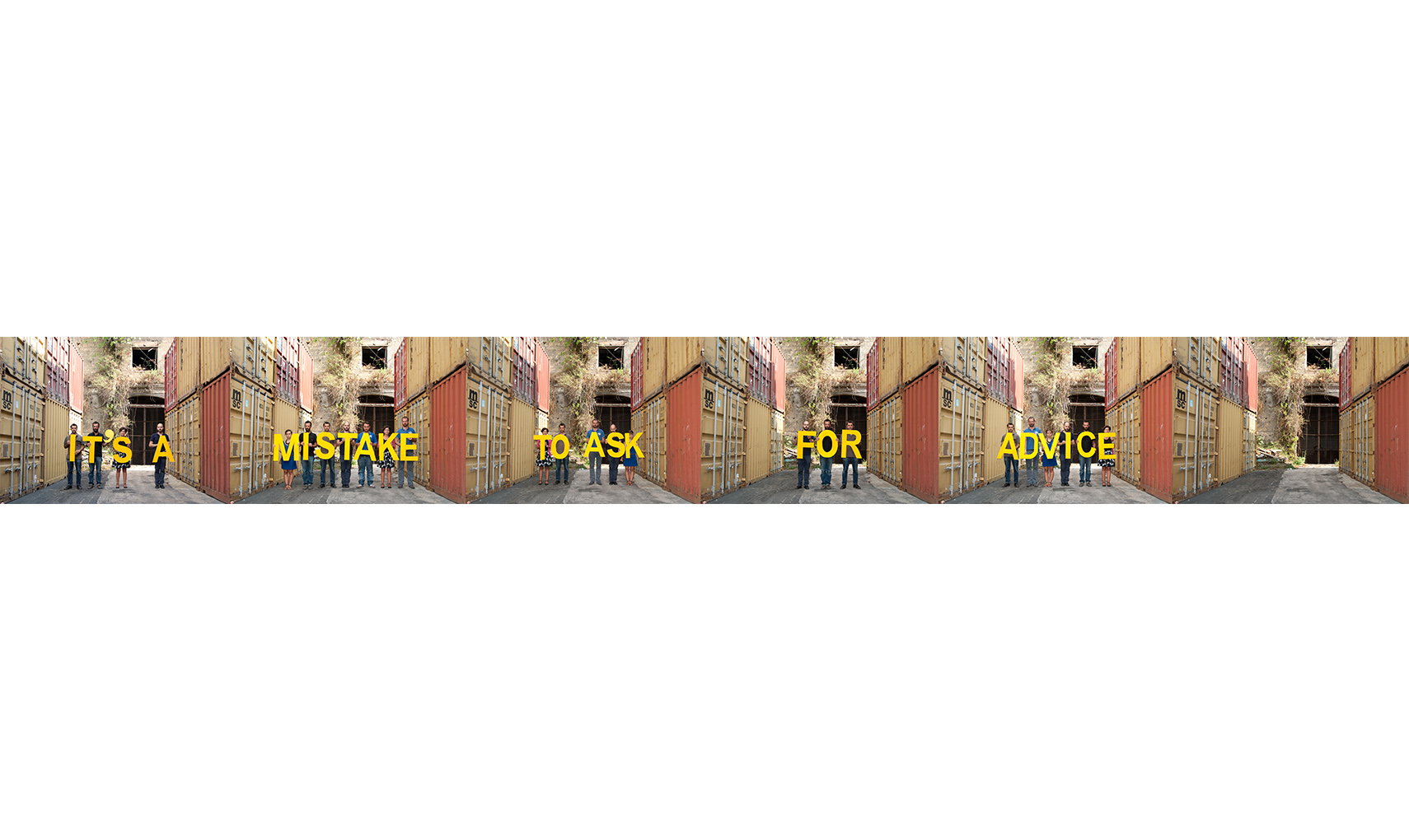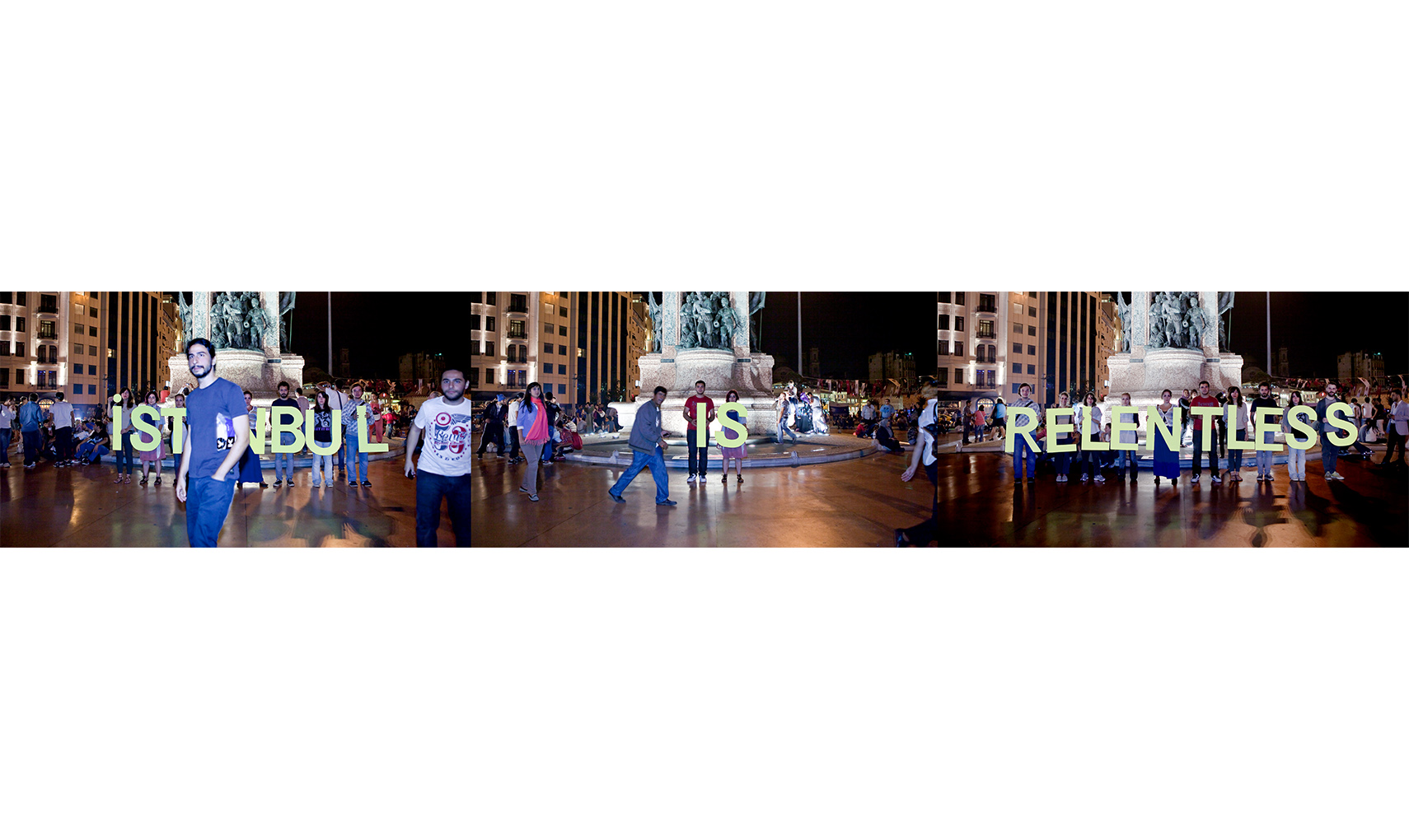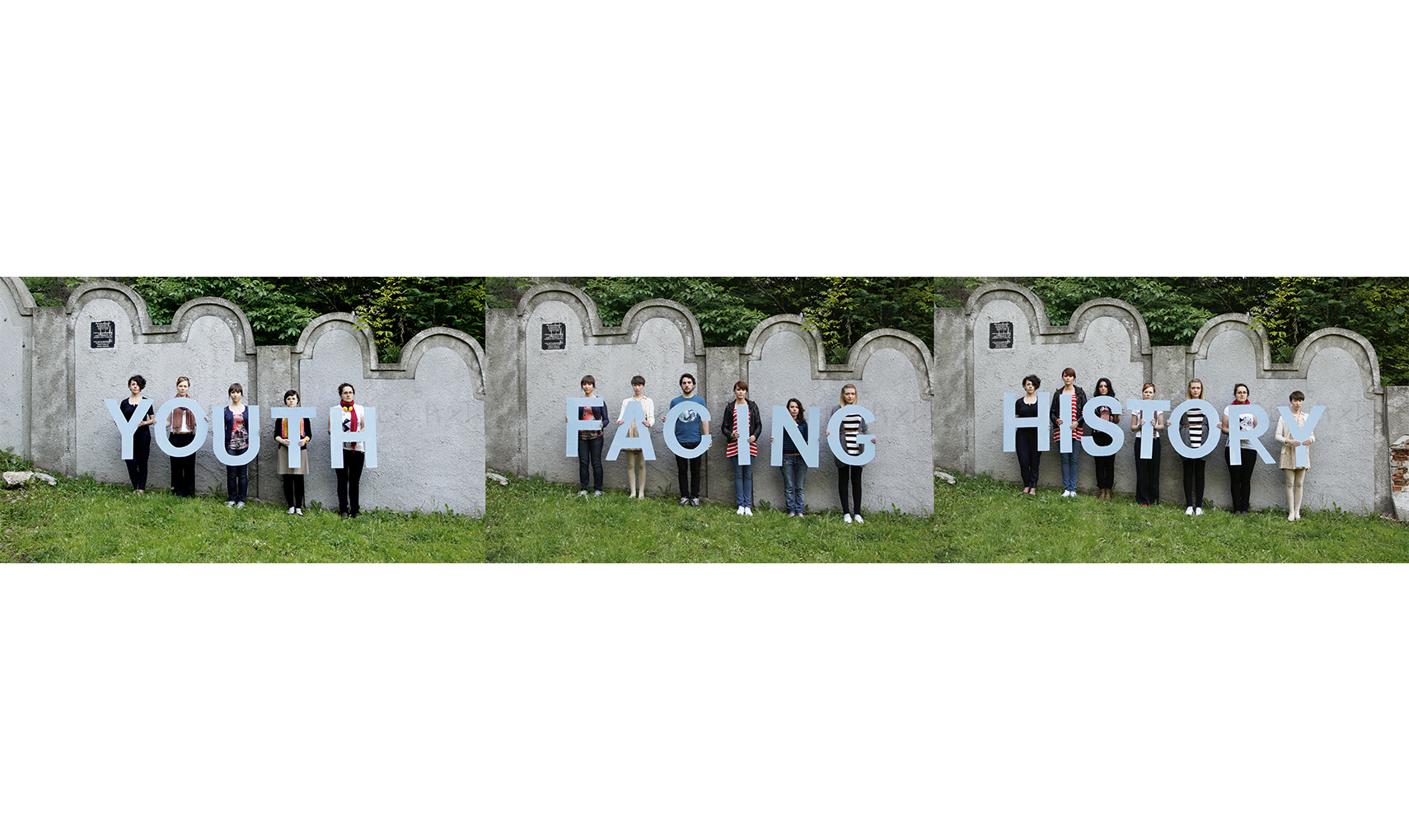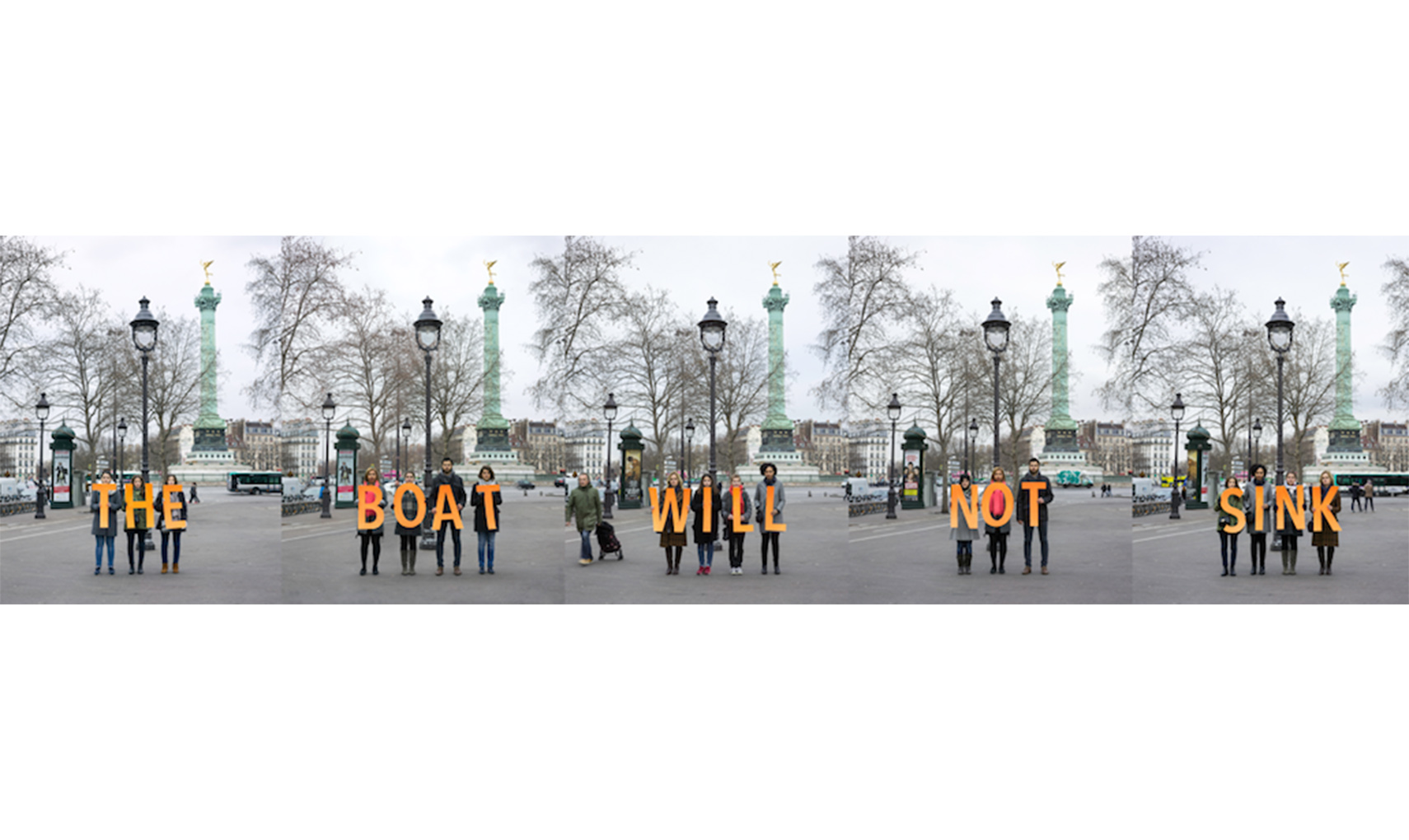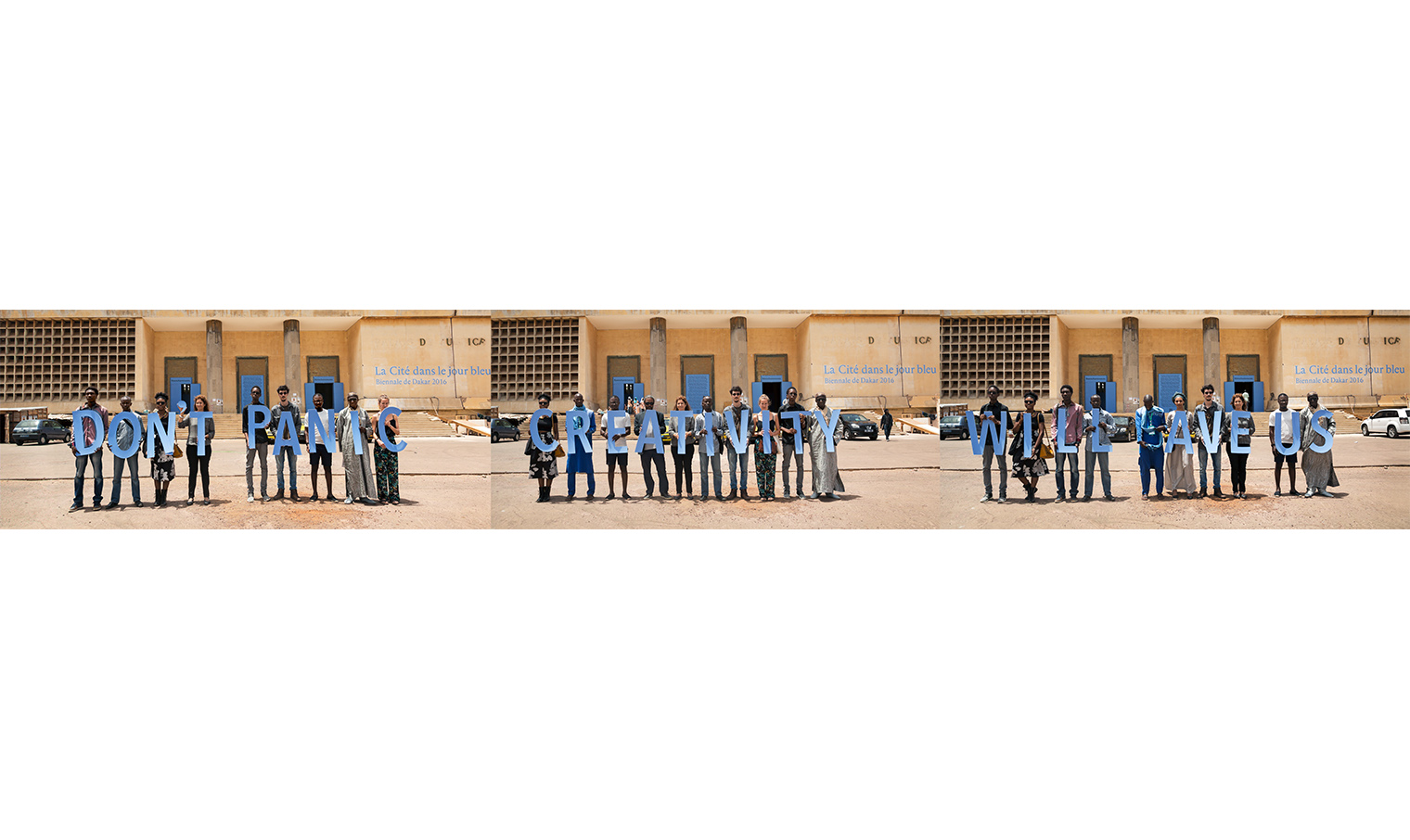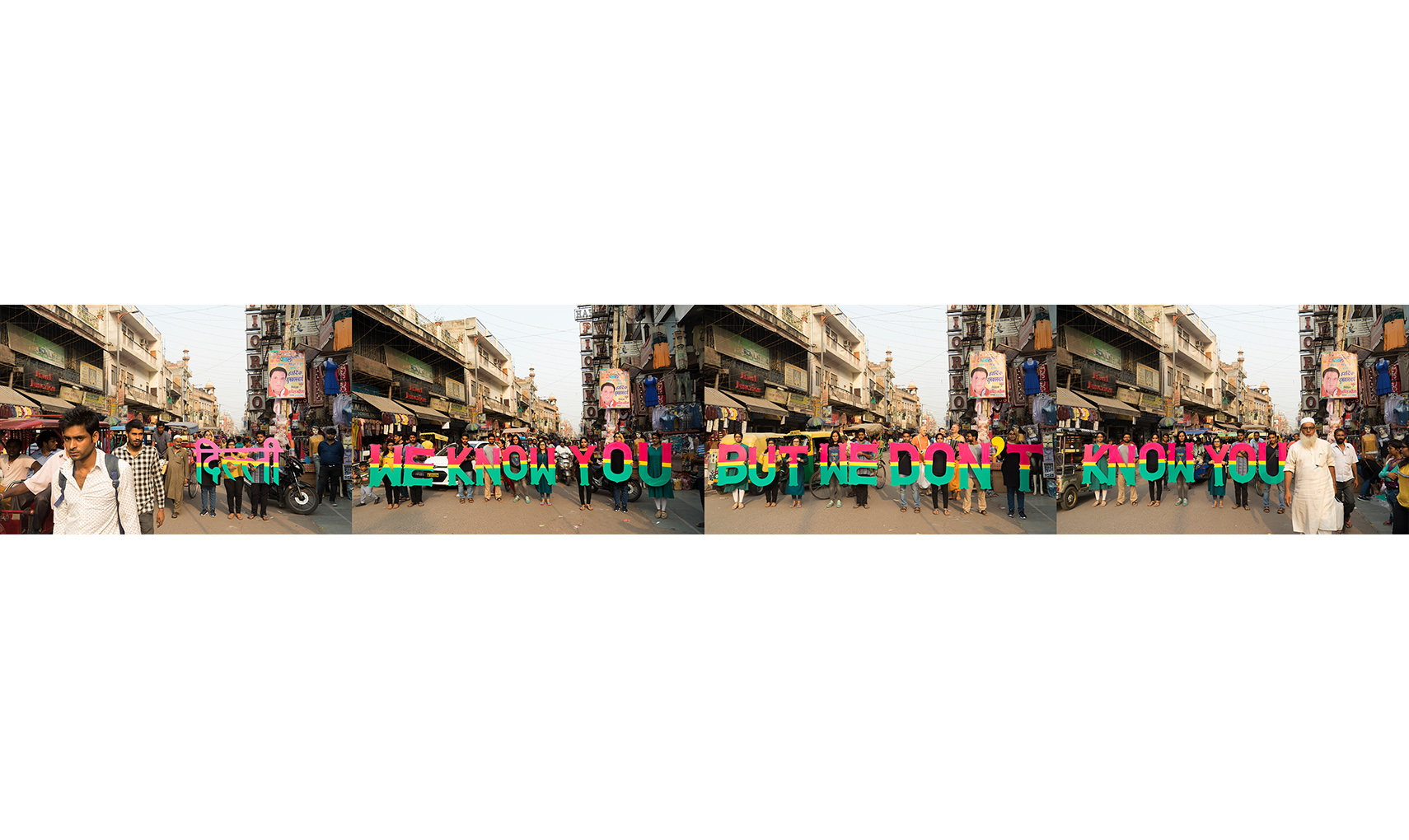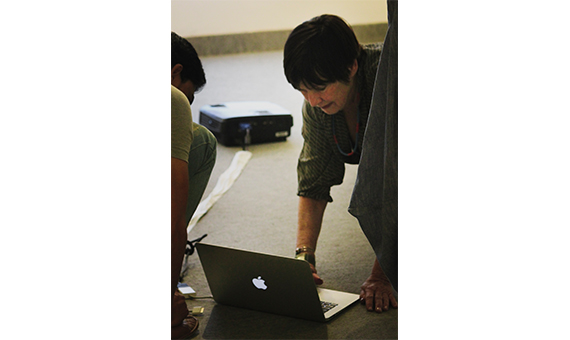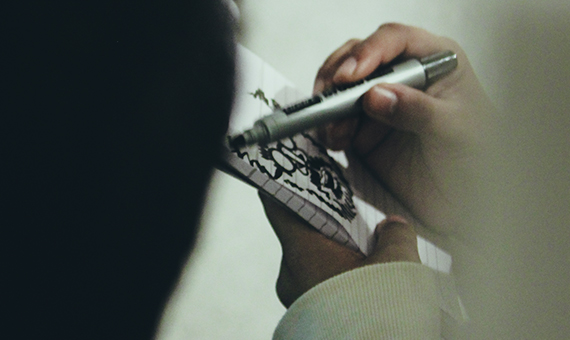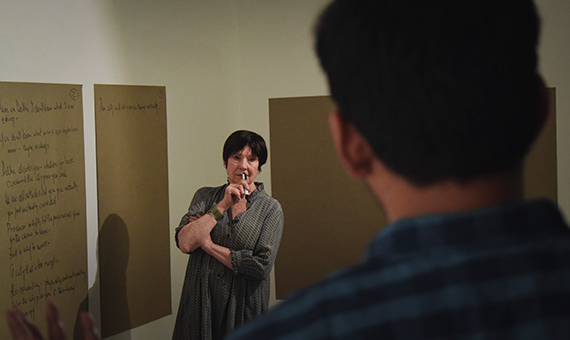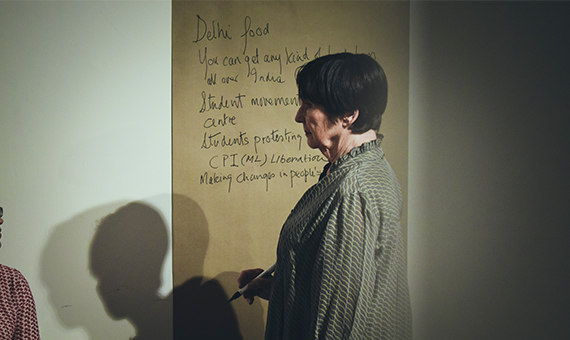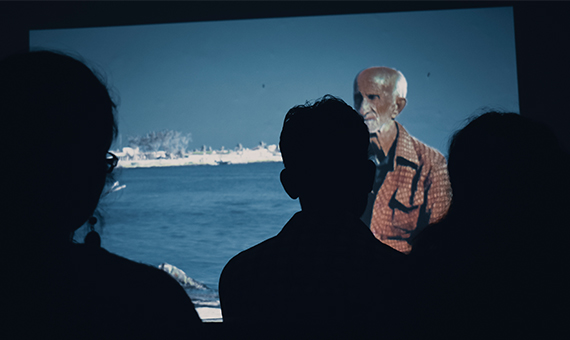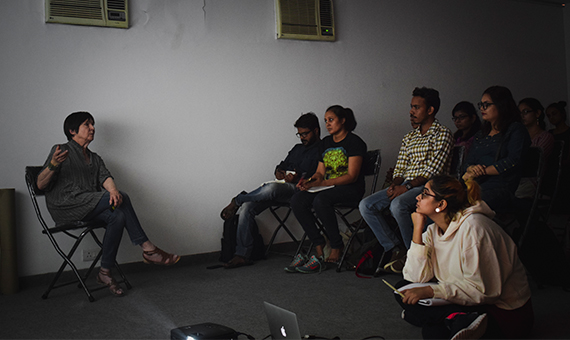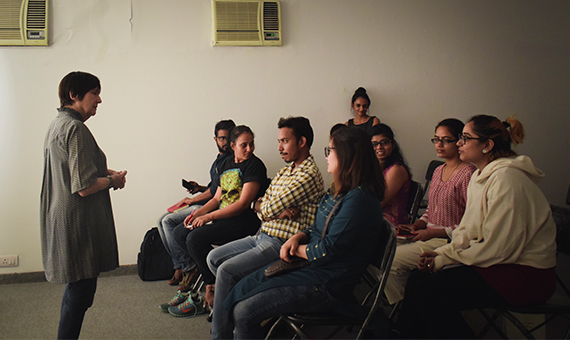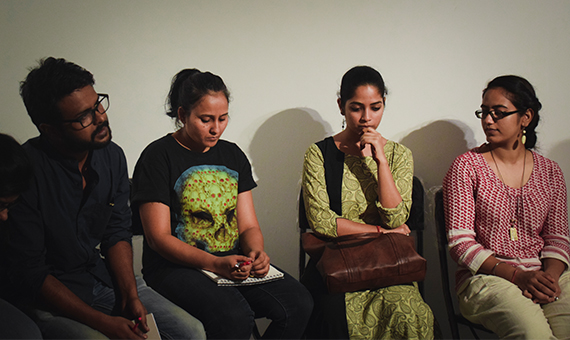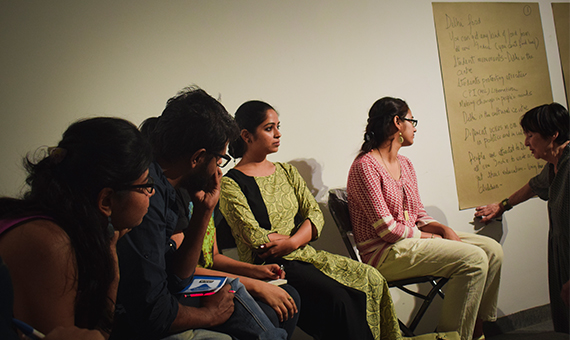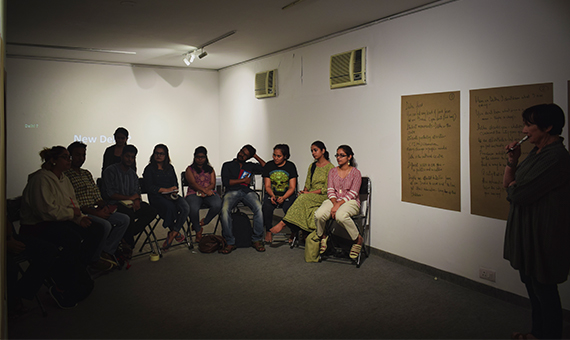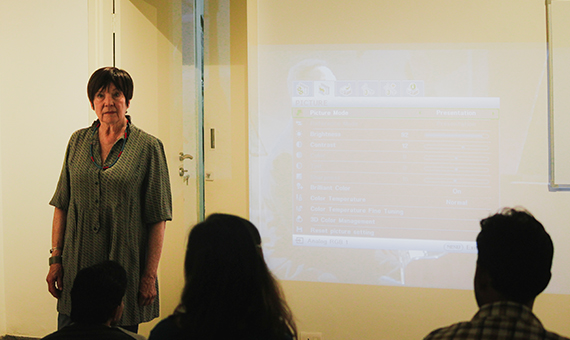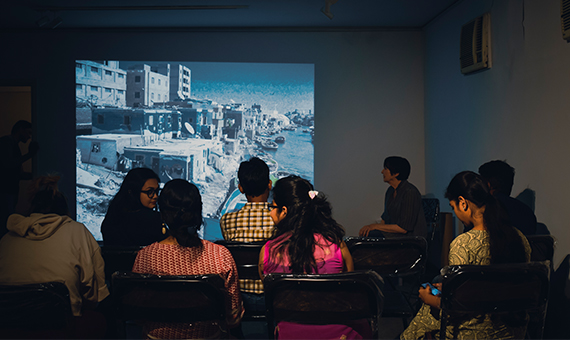About the Artists
Sue Williamson was born in Lichfield, England in 1941. In 1948, she immigrated with her family to South Africa. Between 1963 and 1965, she studied at the Art Students League of New York. In 1983, she earned her Advanced Diploma in Fine Art from the Michaelis School of Fine Art, Cape Town. In 2007 she received a Visual Arts Research Award from the Smithsonian Institution in Washington D.C and in 2011, a Bellagio Creative Arts Fellowship from the Rockefeller Foundation. In 2013 she was a guest curator of the Summer Academy at the Paul Klee Museum in Bern. She lives and works in Cape Town. Williamson's work engages with themes related to memory and identity formation. Trained as a printmaker, Williamson has worked across a variety of media including archival photography, video, mixed media installations, and constructed objects. Her earlier work, such as Mementoes of District Six (1993), Out of the Ashes (1994), and R.I.P. Annie Silinga (1995), are a few early examples that convey her investment in the recuperation and interrogation of South African history. Williamson's ethical lens has expanded in more recent years to consider social issues on a more global scale, as in her work Other Voices, Other Cities, from 2009. Works from this series are in the Museum of the 21st Century, Louisville, Kentucky, and have been featured in a solo show at the SCAD Museum of Art in Savannah, Georgia. For a Delhi edition of the series, Williamson was invited by the Prameya Foundation to work with a group of local students, and two days of intense discussion led to the contemplative statement, DELHI, WE KNOW YOU BUT WE DON’T KNOW YOU. The photographs were shot in a road near New Delhi station, and reflect the ever changing mix of cultures and people who inhabit the city. This work is shown for the first time on this exhibition. Williamson’s work is included in many international public collections, including the Museum of Modern Art in New York, the Tate Modern the V&A Museum in London, and the Pompidou Centre in Paris. She is also known for her writing on contemporary art, and is the author of Resistance Art in South Africa and South African Art Now. In 1997, she became the founding editor of the website, an online journal on contemporary art in Africa, ArtThrob. Her own work is documented in the SKIRA publication, Sue Williamson: Life and Work.

